Hanoi Tourism Gift Festival 2025 celebrates culture and creativity
The Hanoi Tourism Gift Festival 2025 invites locals and tourists alike to immerse themselves in a vibrant showcase of culture, cuisine, and craftsmanship.
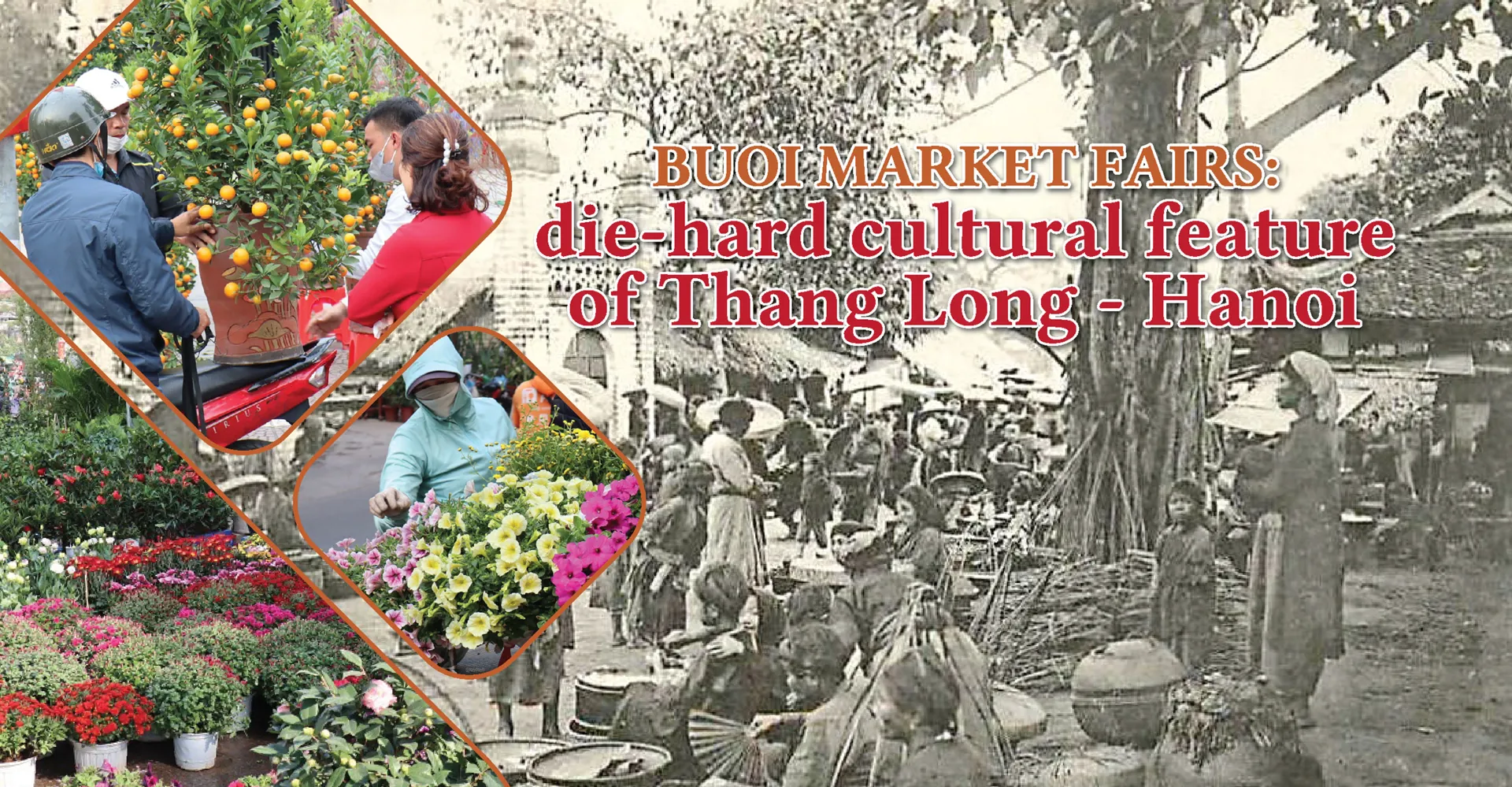
THE HANOI TIMES — Buoi Market, known for its distinctive offerings of ornamental plants and livestock, lies at the intersection of Hoang Hoa Tham Street and Buoi Street. While the market’s once simple, rustic charm has gradually faded, it remains one of the few traditional markets still thriving in the heart of Hanoi .
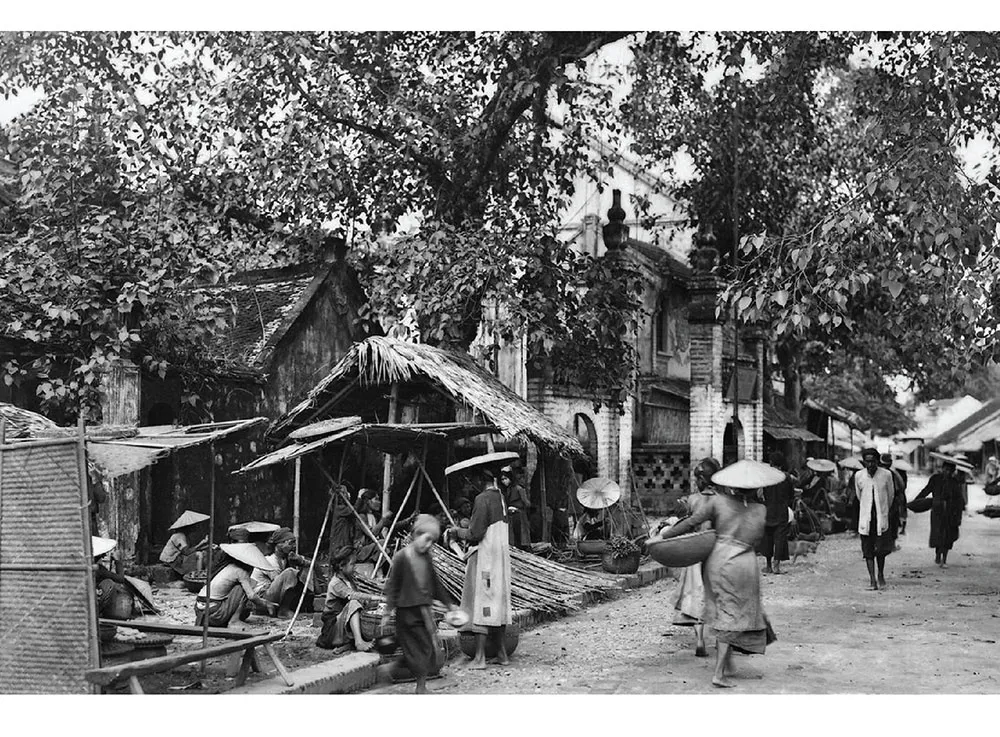
Buoi Market, a unique landmark in the capital, has an uncertain origin. No one knows for sure when it began, and even the local elders can only attest that it has existed for a long time. According to some historical accounts, the market might have been founded in the middle of the 19th century, while others speculate that it may have existed during the Ly Dynasty.

“Buoi Market has six fairs a month
On the fourth and ninth days, for romance to bloom.”
This folk song refers to Buoi Market in Ke Buoi region, now in Tay Ho District, one of the oldest markets in Hanoi that holds regular fairs.
What nobody can deny is that this is one of the most historical and culturally rich markets in the land of Thang Long - Hanoi.

In the past, Ke Buoi was a suburb of Hanoi that comprised such villages as Yen Thai, Ho Khau, Dong Xa, Trich Sai, Vong Thi, Bai An or Trung Nha. Like many riverside ancient markets in the capital, Buoi Market is set at the confluence of the Thien Phu and To Lich rivers, making it convenient for both quayside and boat trading.
As the seniors' recount, merchants from upstream would let buoi (pomelos) float down the river and customers from downstream would pick them up. Gradually, this area became known as “Ke Buoi region”, and the local market was also called “Buoi Market.”
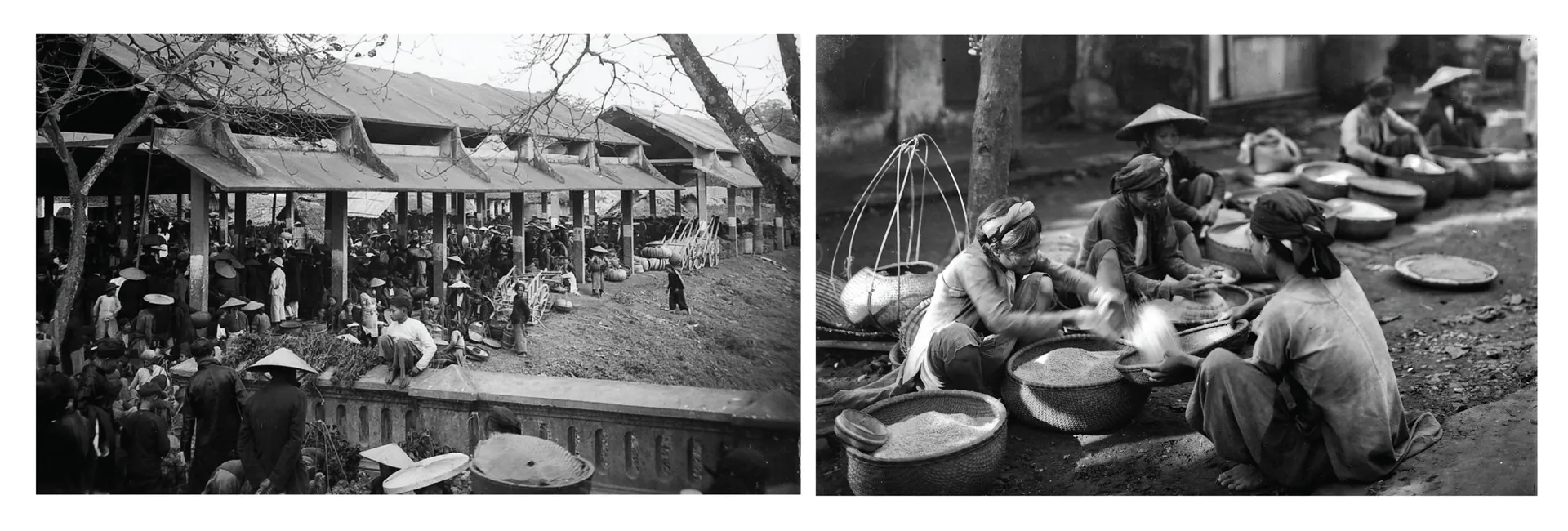
Legend has it that Buoi Market had a spooky name at the beginning: Ma Phuong (Ghost Guild) Market, since it was convened on a large piece of land which used to be a graveyard. On dark nights, small orbs often appeared near the site, hovering over the ground for a few minutes before disappearing... Besides, the market seemed to be visited by the underworld spirits, who walked among the living yet pay for goods with odd coins that wouldn’t sink in a basin of water.
Originally, Buoi Market consisted of just rows of bamboo huts and one to two rows of wooden houses nicknamed “the market bridges”. By the 1930s, two concrete market bridges were built here by the French colonial government. As a suburban market, Buoi Market acted as an exchange for craft villages in the Ke Buoi region, such as textiles from Yen Thai and Bai An, paper from Yen Thai, Ho Khau and Dong Xa paper, or farm tools from Xuan La and Xuan Dinh.

Hanoi’s townsfolk in the 20th century would ride the electric tram and hop off at Buoi Station to find anything rustic they needed here. Vegetable seeds and seedlings from Tay Tuu and Co Nhue, ornamental plants and flowers from Nhat Tan, Quang An, Quang Ba, and so on and so forth. The market became one of the first tourist attractions in Hanoi, where the French expats also went every Sunday.
Along with Mo Market in Hai Ba Trung District, Buoi Market is one of the few ones in downtown Hanoi that still holds fairs. On the 4th, 9th, 14th, 19th, 24th, and 29th days of each lunar month, people from neighboring areas flock here to sell their wares. On these days, ingest especially bustling, with the number of stalls increasing tenfold.
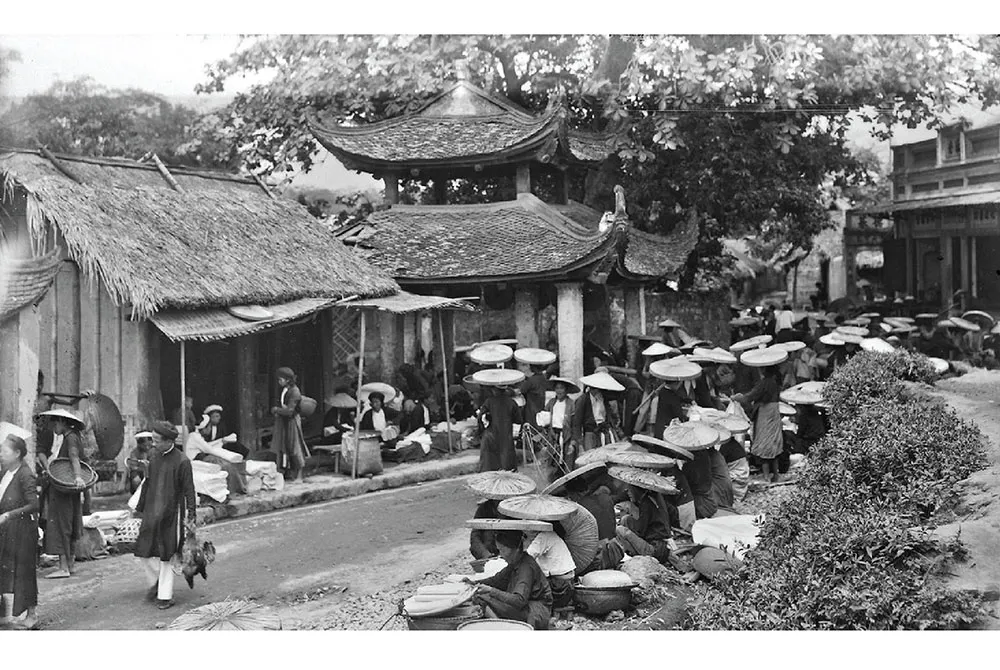
In the past, on the 29th day of the last lunar month, just before the Lunar New Year’s Eve, Buoi Market also had a tradition where villagers in the Ke Buoi region would buy cows and buffaloes together, slaughter them at the market, and share the meat for Tet.
Today, Buoi Market has its own spacious and modern mall building, completed in 2006, under the management of Hanoi Trade Joint-Stock Corporation. However, most of the trading still takes place on the first floor and around the building. The fairs are also kept alive, with a designated area on Hoang Hoa Tham Street for the sale of plants and pets like birds, dogs, cats and rabbits.
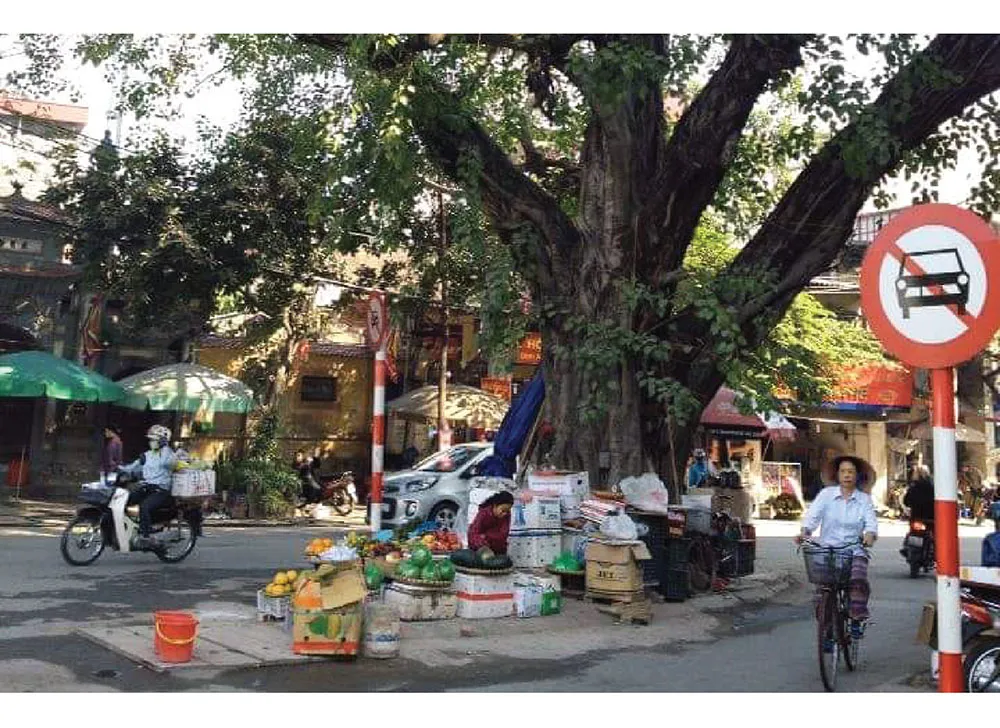
Even on normal days, the market stalls are always full of goods brought in from all over. Some notable delicacies are Quan Ganh sticky rice dumplings, Thanh Tri steamed rice rolls, Set Pond climbing perch, West Lake crabs and snails, Quang Ba black coots, Tay Ho water bugs, Dich Vong green rice flakes, Xuan Dinh sapodillas, or An Phu malt candy.

Even today, Buoi Market continues to captivate the hearts of many, drawing people in with its abundance of fresh produce. Here, visitors can find vegetables and fruits freshly harvested from the renowned farming villages along the To and Nhue rivers, or taste the special offerings from the suburbs of Hanoi. The market’s seafood is equally enticing, with fish and shrimp so fresh they seem to have just been caught in the waters of West Lake or hauled in from the boats on the Red River.

Buoi Market is also a haven for those in search of ornamental plants and flowers to brighten up their homes. Popular varieties from nearby villages like Yen Phu, Nghi Tam, Quang Ba, and Nhat Tan are in high demand, while plants from the Hung Yen and Hai Duong provinces, across the Cai River are also brought in.
On market days, the number of flower seedlings multiplies exponentially, showcasing a stunning array of blooms- roses, lilies, jasmine, wallflowers, hibiscus, mimosa, hydrangeas, and countless other varieties, each with its own unique charm. Specialty fruits like Xuan Dinh sapodilla, Canh oranges, and Dien grapefruit add to the market's rich diversity. While the variety of goods is ever-changing, the market’s offerings always reflect the rhythms of the seasons, with each day bringing something fresh and new to discover.
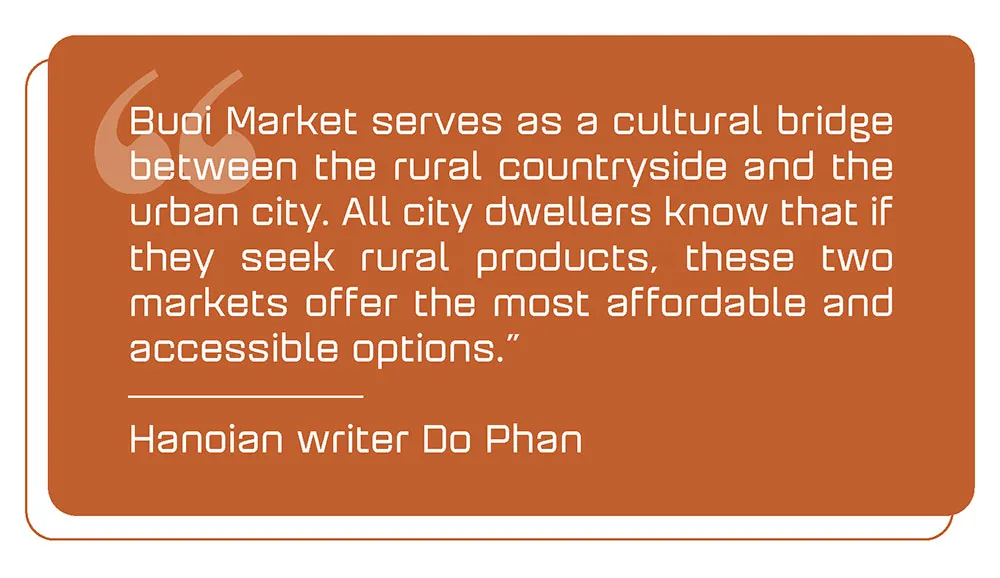
Nguyen Van The, Deputy Director of Buoi Market Services and Trading Investment JSC and a native of Yen Thai Village, whose childhood is tied to the market, says: “We’re trying to turn Buoi Market into a civilized, modern market with traditional cultural features.”
In fact, present-day groceries have replaced traditional items at the market. There's only one stall left selling agricultural tools remains here, but The thought it's it’s hard for the owner to keep it going for long. He also estimates that there are now six to even long-time animal vendors and nearly 10 seedling vendors. In addition, a few others also come during the fairs, including non-vendors with a litter of puppies or kittens.
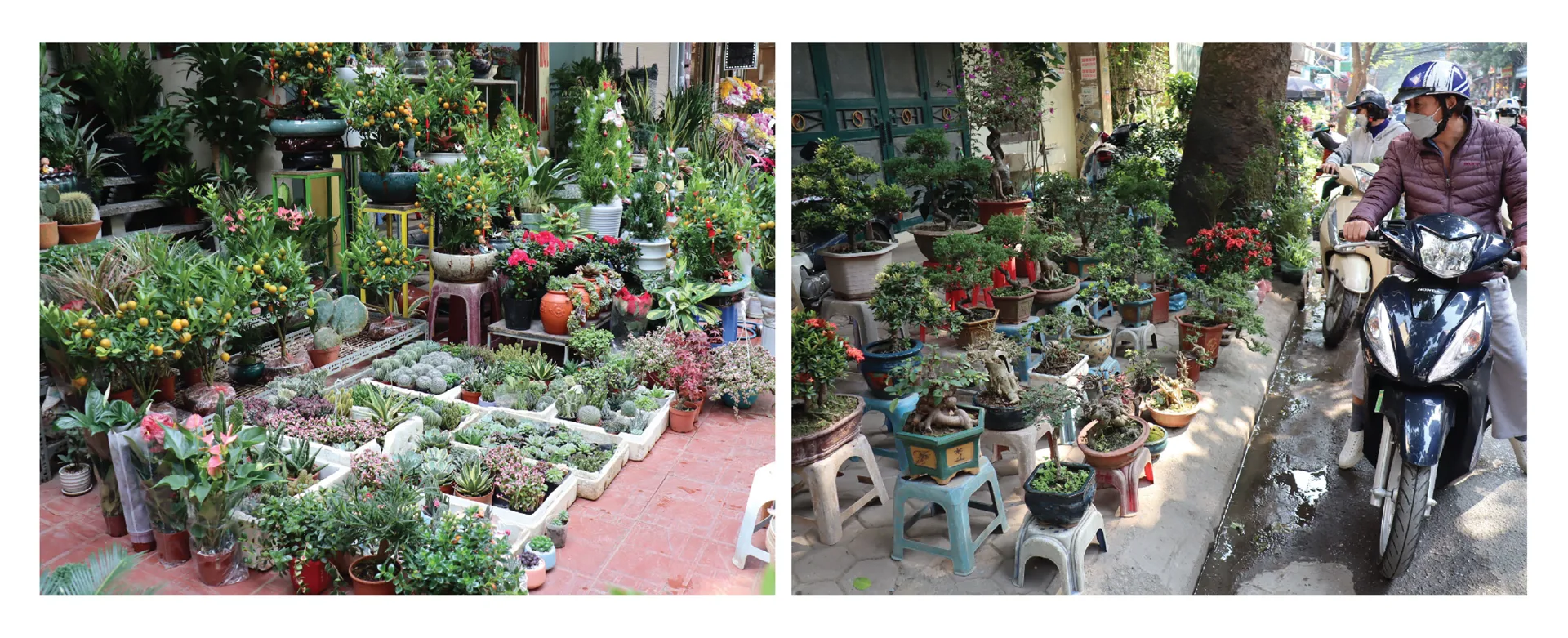
Having been present at Buoi Market fairs for over 50 years, since she followed her mother and grandmother to help them with their business at the market when she was 13 or 14, Le Hong Van from Nghia Do Ward, Cau Giay District said: “The profit from selling trading is not much, but I’m so used to selling this item at the Buoi Market that I don’t change to other items.”
Similarly, Nguyen Van Thinh in Dong Village, Buoi Ward specializes in vending dogs and cats in the fairs for more than two decades. Even though he only sells a few at each fair, he can't think of a better job.
Thinh believes that the fairs at Buoi Market are smaller today than they used to be, but they will certainly continue to exist because many people still love raising dogs and cats or growing ornamental plants, even if their houses are modest. Regardless of modern development and rapid urbanization, the fairs at Buoi Market still remain a distinctive cultural feature of Thang Long - Hanoi.

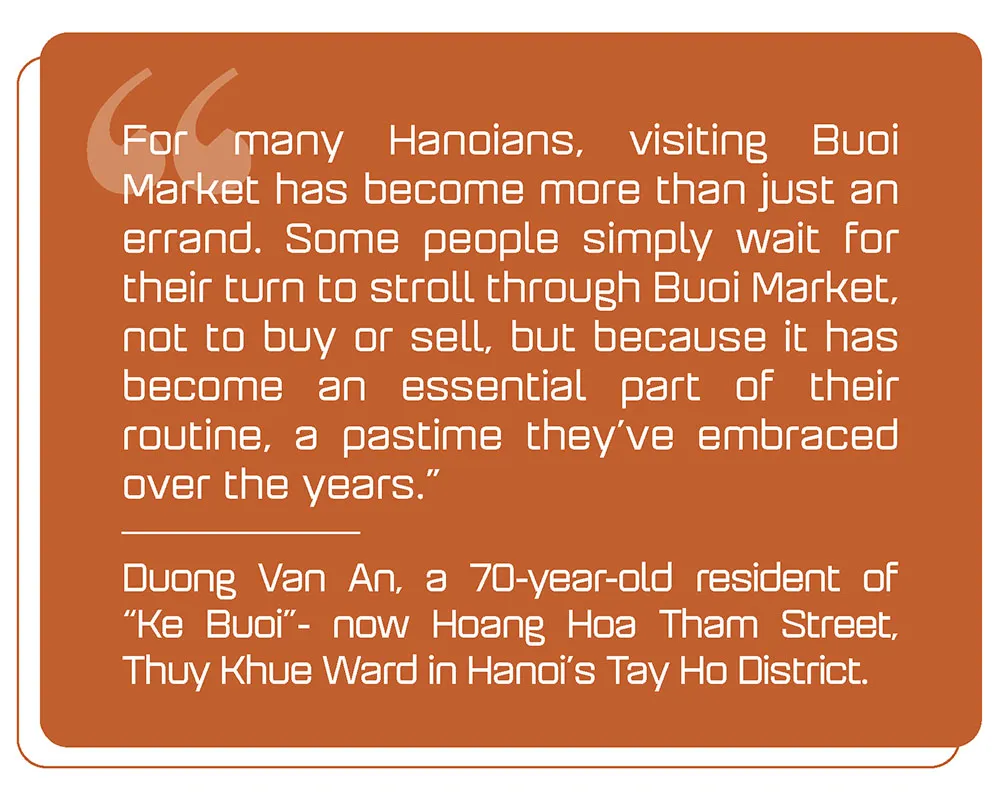

The Hanoi Tourism Gift Festival 2025 invites locals and tourists alike to immerse themselves in a vibrant showcase of culture, cuisine, and craftsmanship.
Vietnam tourism are ramping up efforts to boost their visibility in regional and global networks, strengthening the country’s competitiveness on the international stage.
The “Hanoi Dep Sound” (Hanoi Beautiful Sound or Hanoi So Beautiful) campaign opens the door to fresh night-time tourism experiences, offering visitors a deeper and more enchanting way to explore the capital.
20 Dec, 09:08 AMHanoi turns into a food lover’s paradise at the 2025 Culinary Culture Festival, featuring hands-on cooking, cultural showcases and the city’s most beloved flavors all in one vibrant celebration.
20 Dec, 08:42 AMBy strengthening links with northern provinces and coastal destinations, Hanoi is developing multi-destination itineraries that enhance visitor experiences, encourage longer stays and open up broader exploration across Vietnam.
18 Dec, 02:24 PMFrom a passing whim in a Steinbeck novel to a signature indulgence in Vietnam’s capital, egg beer has evolved into a cultural touchstone, blending heritage, creativity and the unmistakable charm of Hanoi’s beer culture.
16 Dec, 11:27 AMThe festival seeks to boost tourism in Hanoi while showcasing the Vietnamese capital as a welcoming, safe and cultural destination.
15 Dec, 07:20 PMAs the year draws to a close, a gentle Christmas spirit drifts through Hanoi, turning the city’s shopping malls into glowing festive landmarks.
15 Dec, 10:56 AMHanoi in Autumn unfolds through its rich culinary landscape, from iconic pho shops to West Lake’s shrimp cakes and the bustling street food of the Old Quarter. Blending flavors, culture and local stories, the city offers visitors a sensory journey where food becomes a gateway to its heritage and timeless charm.
15 Dec, 10:28 AMHanoi’s heritage comes alive through flavors, craftsmanship and living traditions at the ongoing Hanoi Traditional Craft Village, Street Food and Tourism Festival in 2025.
14 Dec, 08:16 AM